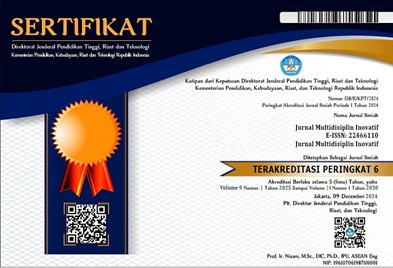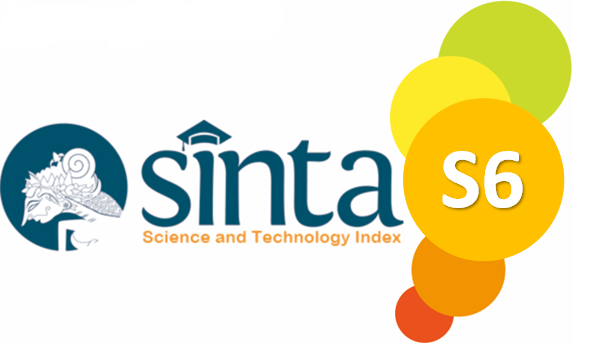ANALISIS PERSEPSI MAHASISWA TERHADAP PENGGUNAAN TEKNOLOGI KOMPUTER DALAM PEMBELAJARAN FISIKA
Kata Kunci:
Persepsi Mahasiswa, Fisika, Pembelajaran FisikaAbstrak
Penelitian ini merupakan studi kuantitatif deskriptif yang bertujuan menganalisis persepsi 32 mahasiswa Fakultas Sains dan Teknologi Universitas Islam Negeri Sumatera Utara mengenai pemanfaatan teknologi komputer dalam pembelajaran fisika. Pengumpulan data dilakukan melalui kuesioner daring dengan 10 pernyataan berbasis skala Likert 1-5. Hasil penelitian menunjukkan bahwa 71,9% responden menyatakan bahwa penggunaan komputer dapat meningkatkan pemahaman terhadap konsep-konsep dasar fisika. Persentase ini merupakan yang tertinggi dibanding pernyataan lainnya, yang menunjukkan bahwa teknologi visual dan simulasi digital mampu mengatasi abstraksi tinggi pada materi fisika. Visualisasi interaktif seperti grafik gerak, animasi, dan simulasi berbasis Python diyakini memperjelas konsep teoretis, sesuai dengan teori pembelajaran multimedia yang menekankan pentingnya saluran visual dan verbal. Temuan ini menunjukkan antusiasme yang tinggi dan efektifitas integrasi alat digital dalam proses pembelajaran fisika.
This research is a descriptive quantitative study which aims to analyze the perceptions of 32 students of the Faculty of Science and Technology, North Sumatra State Islamic University regarding the use of computer technology in learning physics. Data collection was carried out through an online questionnaire with 10 statements based on a 1-5 Likert scale. The research results showed that 71.9% of respondents stated that using computers could improve understanding of basic physics concepts. This percentage is the highest compared to other statements, which shows that visual technology and digital simulations are able to overcome the high abstraction of physical material. Interactive visualizations such as motion graphics, animations, and Python-based simulations are believed to clarify theoretical concepts, in line with multimedia learning theory that emphasizes the importance of both visual and verbal channels. These findings show the high enthusiasm and effectiveness of integrating digital tools in the physics learning process.





